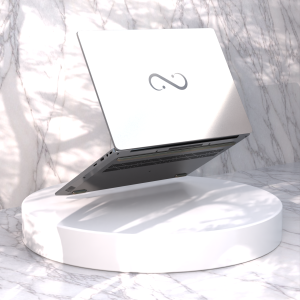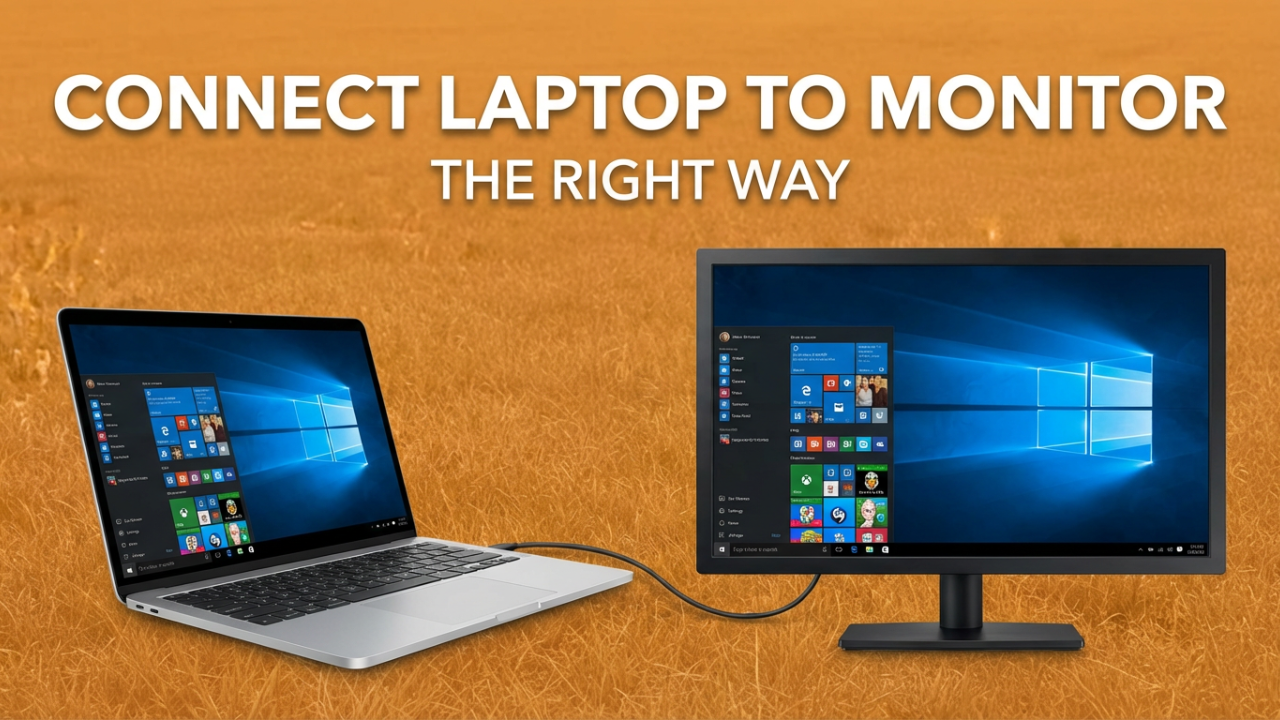The Evolution of Computing: The Birth of the First Computer
The history of computing is rich and expansive, marked by significant milestones that have shaped the modern digital landscape. At the heart of this history lies a pivotal question: When was the first computer developed? While the term “computer” can refer to various machines throughout history, the journey toward what we recognize today as a computer is characterized by a multitude of inventions and innovations spanning several centuries.

Defining “Computer”
Before delving into the timeline of early computers, it is important to define what we mean by “computer.” In the broadest sense, a computer is any device that processes information according to a set of instructions. This includes mechanical devices such as the abacus, the Analytical Engine proposed by Charles Babbage, and ultimately, the electronic machines that we employ today. In this post, we will primarily focus on the evolution from mechanical devices to early electronic computers.
Early Mechanical Computation
The history of computation can be traced back thousands of years. The earliest known counting device, the abacus, dates to around 2000 BCE. This simple instrument allowed users to perform arithmetic operations through manipulation of beads on rods. While rudimentary by today’s standards, the abacus laid the groundwork for future computational devices.
Fast forward to the 17th century, when the development of mechanical calculators gained momentum. Notable figures include Blaise Pascal, who invented the Pascaline in 1642, and Gottfried Wilhelm Leibniz, who developed the Step Reckoner in the late 1670s. These devices could perform basic arithmetic operations and were milestones in the quest for automating computation.

The Era of the Analytical Engine
The mid-19th century marked a significant advancement in computing with the conceptualization of Charles Babbage’s Analytical Engine. Although it was never completed during his lifetime, Babbage’s design included many features found in modern computers, such as an arithmetic logic unit, control flow through conditional branching and loops, and the capability to use memory. His collaborator, Ada Lovelace, is often credited with writing the first algorithm intended for implementation on this machine, making her one of the earliest computer programmers in history.
Although Babbage’s Analytical Engine was an ambitious project, it was extravagant and complex, requiring technology that was not yet available. Manufacturing challenges and the lack of precision engineering at the time prevented it from coming to fruition. Nevertheless, Babbage’s visionary concepts laid the ideological foundation for future computing devices.
The Transition to Electronic Computing
The true revolution in computing began in the 20th century with the advent of electronic computers. During World War II, the need for advanced computation accelerated research and development in this field. The first programmable general-purpose electronic computer, known as ENIAC (Electronic Numerical Integrator and Computer), was developed between 1943 and 1945. Designed by John W. Mauchly and J. Presper Eckert at the University of Pennsylvania, ENIAC was a monumental leap from earlier mechanical calculators.
ENIAC was massive, weighing over 30 tons, occupying a space of 1,800 square feet, and utilizing around 18,000 vacuum tubes. It could perform thousands of calculations per second—a far cry from its mechanical predecessors. Initially intended for artillery trajectory calculations for the United States Army, ENIAC’s modular architecture and programmability set the stage for future developments.
The Birth of Modern Computing
Following ENIAC, several significant computers were developed that further refined the principles of computing. The UNIVAC I (UNIVersal Automatic Computer I), which came into operational use in 1951, was the first commercially available computer. Unlike ENIAC, UNIVAC was designed for commercial and scientific purposes, marking a shift in the perception of computers from military to mainstream applications.
In the mid-1950s, advancements continued with the introduction of the transistor, which replaced vacuum tubes and ushered in the second generation of computers. This transition allowed computers to become smaller, more reliable, and energy-efficient. The introduction of integrated circuits in the 1960s marked yet another transformation, leading to the creation of smaller and more powerful systems that could be utilized in a wider range of applications.
Legacy and Impact
The legacy of the first computers, both mechanical and electronic, is profound. In a relatively short span of time, humanity has transitioned from the basic, manual processes of computation to sophisticated machines capable of executing billions of operations per second. The foundations laid by pioneers such as Babbage, Lovelace, Mauchly, Eckert, and many others have culminated in the advanced computing systems we rely on today.
The evolution of computers has not only transformed industries but has redefined the very way we communicate, work, and live. It has enabled the emergence of the internet, artificial intelligence, and a plethora of applications that continue to reshape our world.
Conclusion
The development of the first computer was not a singular event but rather a series of breakthroughs and innovations influenced by the vision of brilliant minds. From the abacus to ENIAC, each step in this timeline contributed to the sophisticated technology that forms the backbone of modern society. The history of computing exemplifies humanity’s relentless pursuit of knowledge and understanding, a journey that continues to this day as we venture into an increasingly digital future. Understanding this journey provides context not only for the technology we use every day but also for the ongoing advancements that promise to redefine our existence in the years to come.
Shop Now






